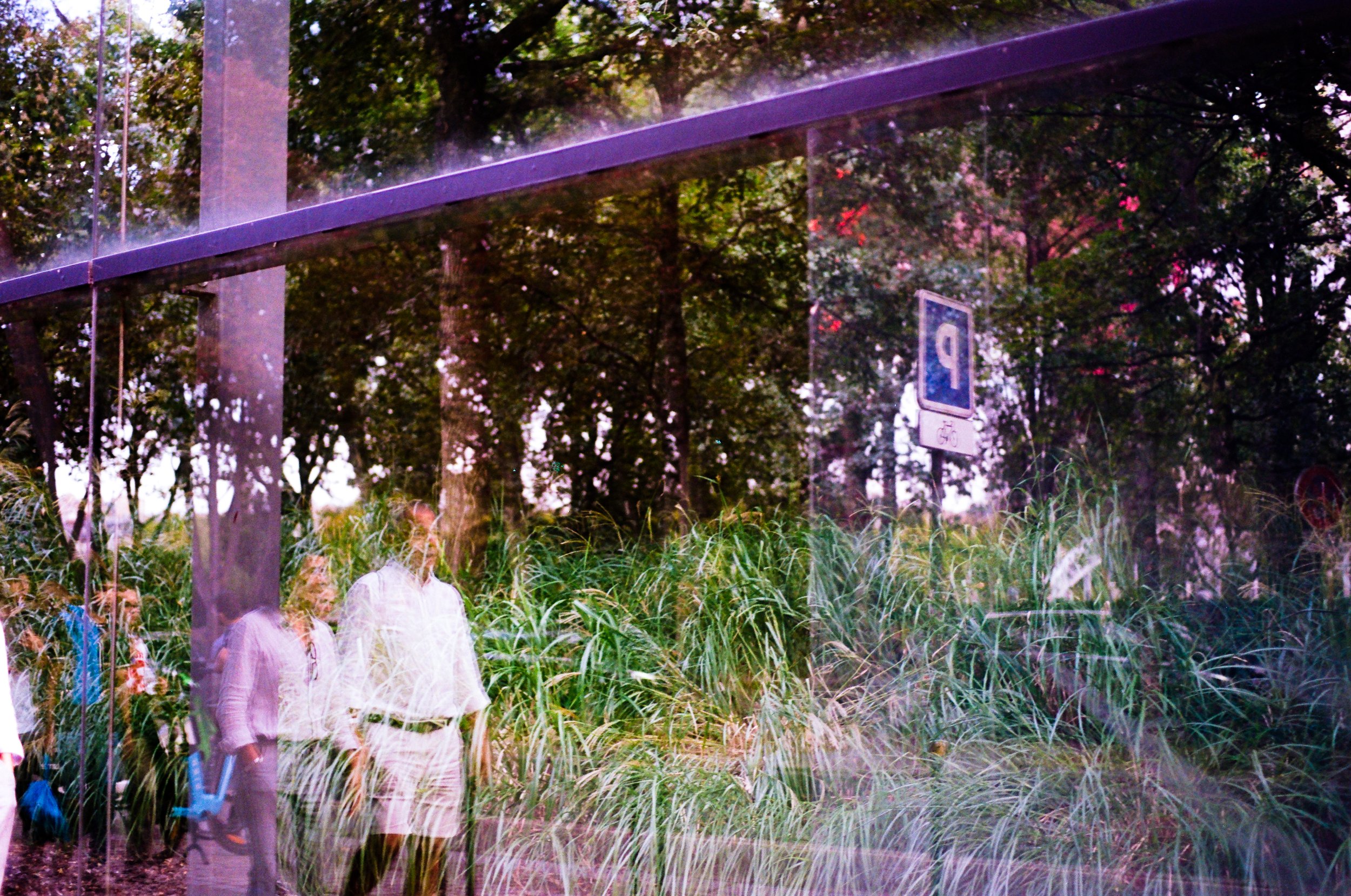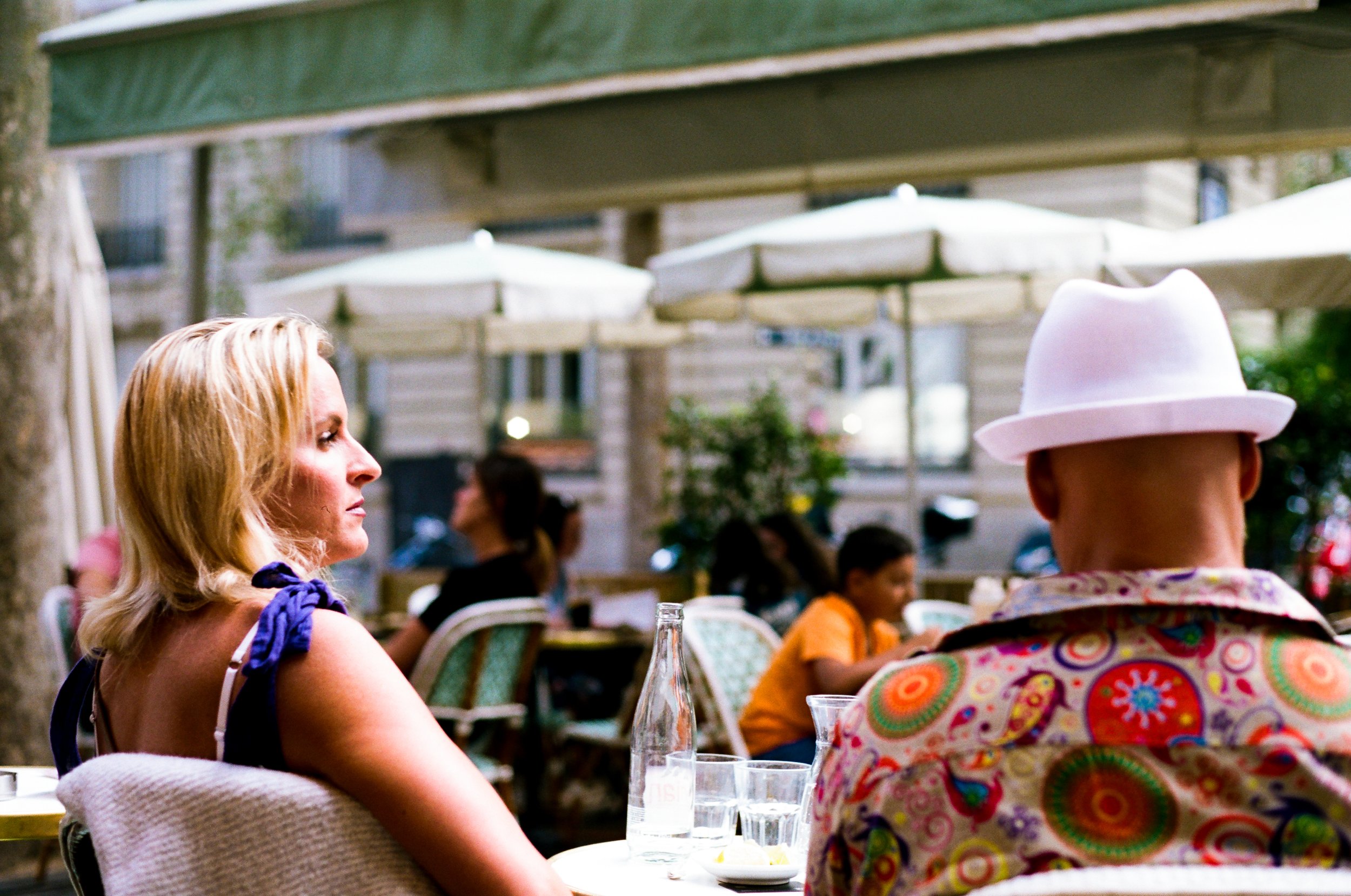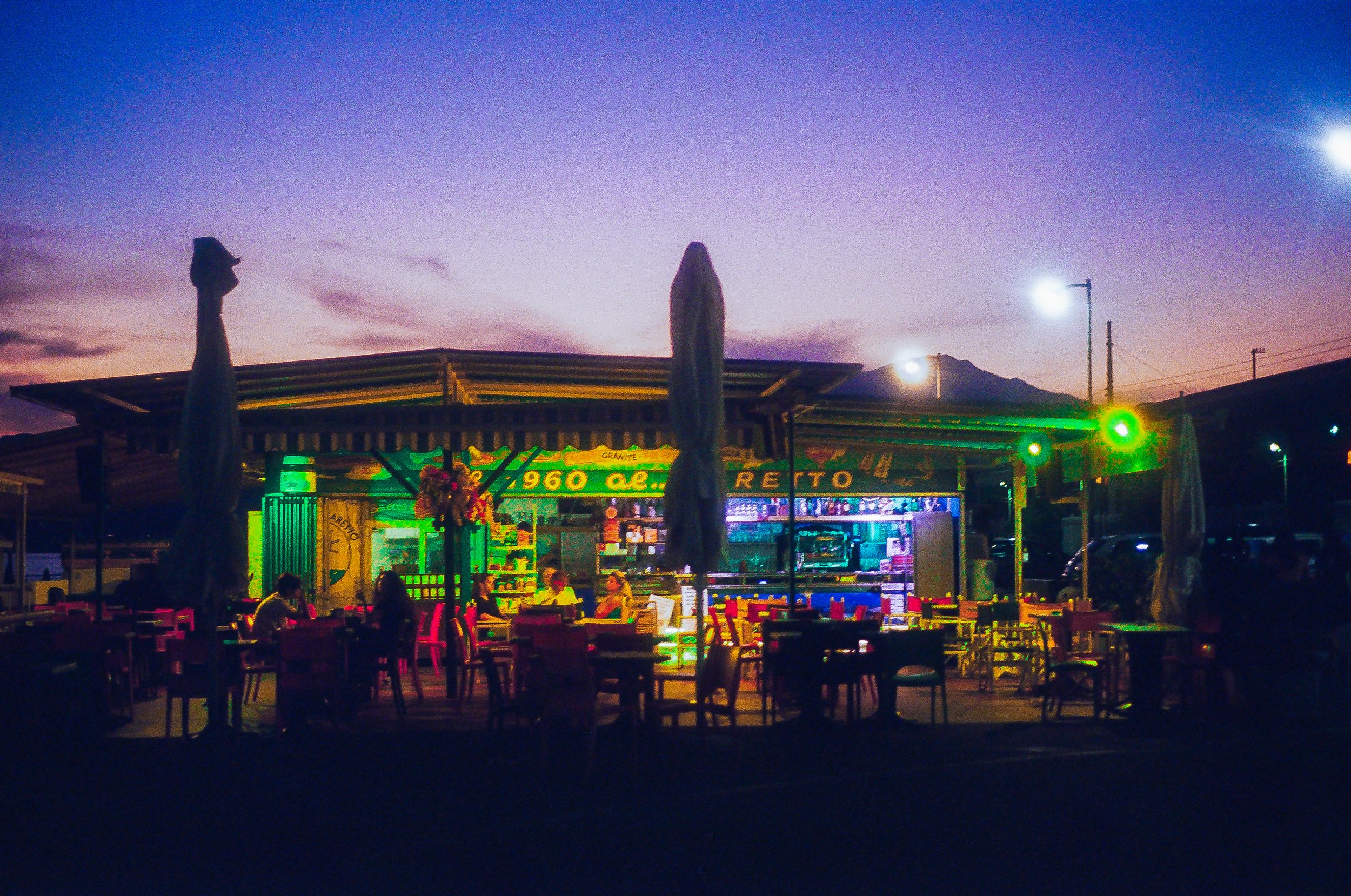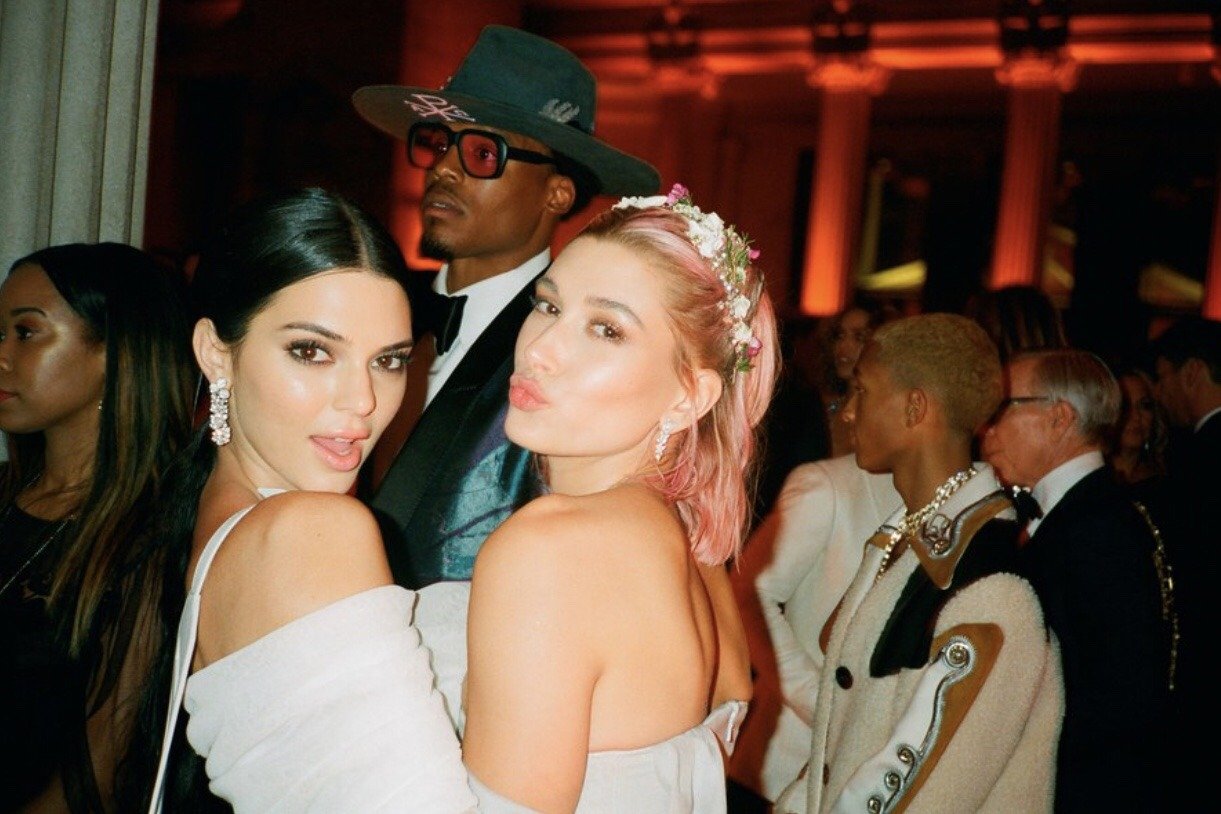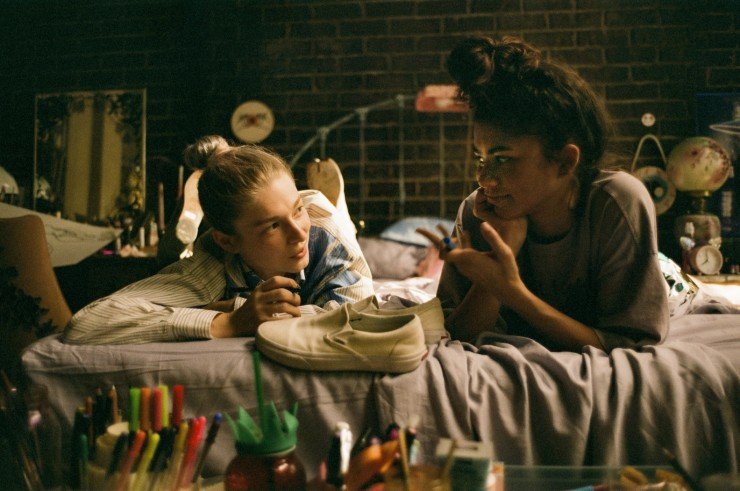by Mei Seva
Photographs by Mei Seva, taken with a Pentax K1000
Analog photography is making a major comeback, propelled by young photographers enamored by its dreamy colors and less-than-perfect resolution.
In a way, it's a rebellion against modern life. Today's generation grew up with technology embedded into every aspect of their lives, carrying around high-quality cameras from an early age. Film cameras have come to represent a break from the norm – a "detox" from digital life.
The popularity of film photography has grown in recent years for a variety of reasons, with the media, influencers, and younger generations all playing a significant role.
Celebrities such as Kendall Jenner and Gigi Hadid are at least partially responsible – frequently sharing fuzzy film photos with a natural, organic look on Instagram, a rebellion of its own against Instagram's carefully curated, highly produced look.
Jenner even brought her film camera to the Met Gala in 2018, using it to photograph candid shots of her famous friends and fellow attendees.
And popular shows such as HBO's Euphoria, have also opted to use film – a stark contrast to 99% of the major films and television shows produced today. The second season of Euphoria, which averaged 16.3 million views, was all shot on Kodak Ektachrome film.
This was such an unusual request, so far from the norm of the film industry, that the series creator, Sam Levinson, had to reach out to Kodak to see if it would even be possible to get enough of the film stock to shoot the entire series in the 35mm format. According to Levinson, Kodak had to convert parts of its factory to make his request possible. The result is one of the most popular shows in recent years, known for its outstanding and masterful cinematography.
Shots from HBO’s Euphoria Season Two
Because of this rise in popularity, the price for analog cameras and film has jumped.
The 35mm Ektachrome film is back in production, after production was completely halted in 2011 due to decreasing demand.
The price of a Contax T2 (Kendall Jenner's camera of choice) is now averaging at $800+, the highest point since the 90’s.
Harman Technology (the company that manufactures Ilford films) and Kodak, in particular, have seen steady growth in sales over the past five years.
Film photography is in no way poised to dominate the market — those days are long gone. But you can't deny film is experiencing a major resurgence.
Besides the "coolness" of analog photography increasing, lending itself naturally to higher interest among the younger generations, there are other reasons that explain the new-found interest in what is seen by most in the industry as an outdated and impractical way to shoot.
Analog photographs provide a fresh look, and when done right, an almost nostalgic and ethereal quality to photography and video. After hours of scrolling, whether it be on our laptops, phones, or streaming providers, analog film simply stands out. It is not the norm, which gives it a more unique aesthetic – and the rarer something is after all, the more we desire it.
One can even make the argument that such interest in film photography is a valuable learning opportunity for young photographers and videographers. After all, instead of using a memory card that holds hundreds of images and videos, using a film camera forces a more mindful approach. There is a deliberativeness that film requires when you only have 24 or 36 frames per roll. This forces more careful consideration of what to frame in your shot, and when you actually press down the shutter. This is an essential element of learning photography – that deliberative composition is what produces, in most cases, a compelling image.
In a culture where we are inundated with a never-ending onslaught of choices, analog film's restrictions, in a way, are freeing. The results aren't perfect. There are light leaks, maybe the focus is off. The shots don't come out exactly the way you had in mind. But that's what makes every click of the shutter that more important and special.
Mei Seva
Studio Manager

